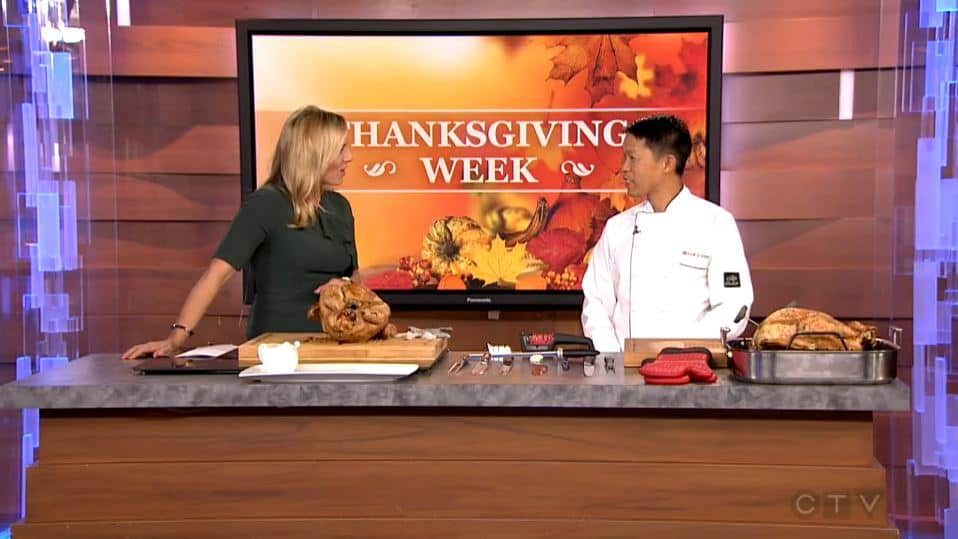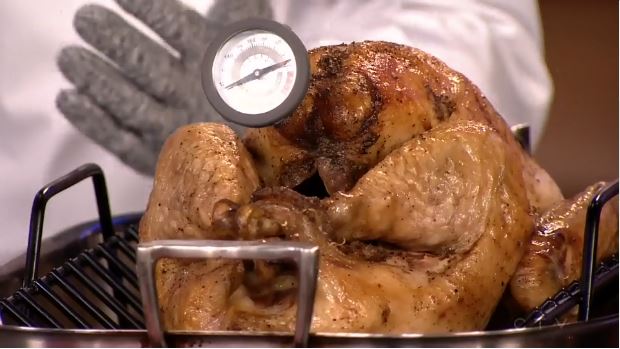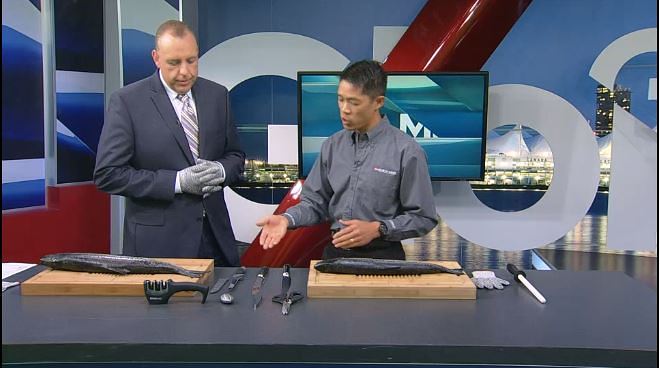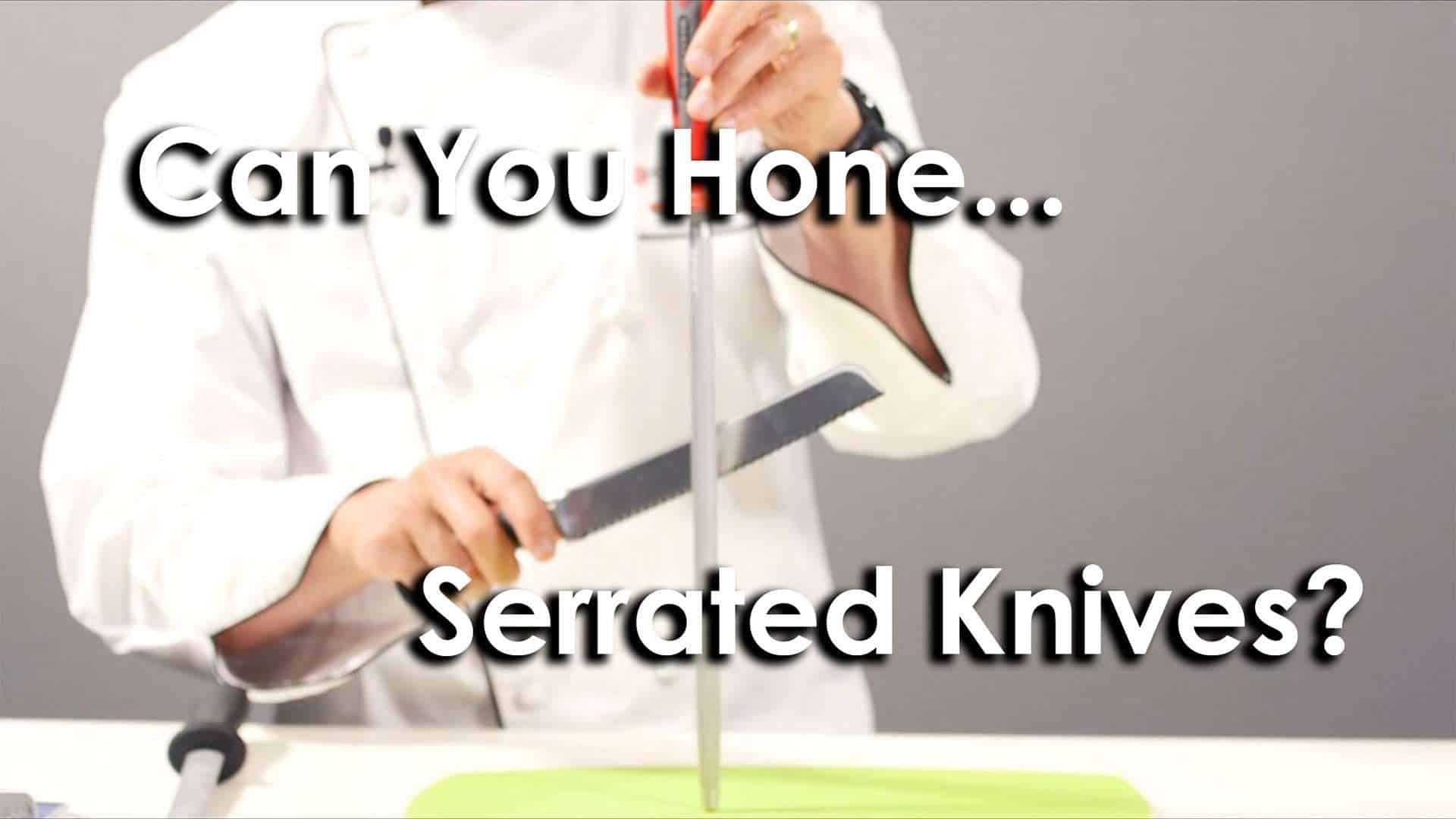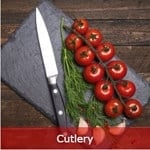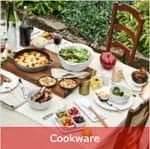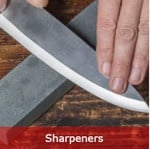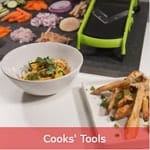How to Carve a Roast with CTV Morning Live Vancouver
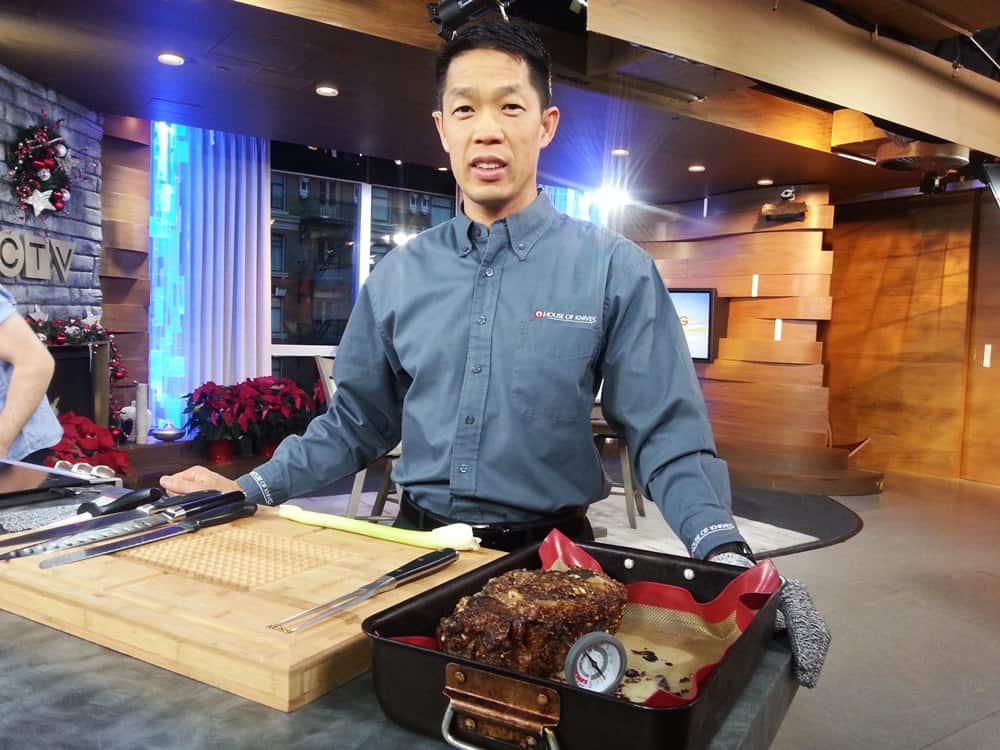
Our President Andre Eng was up bright and early to show the CTV Morning Live Vancouver audience how to properly carve a roast for maximum flavour and tenderness. The tips, techniques, and equipment he shared can be applied to any roast whether it’s beef, pork, or chicken. He’s joined by host Brent Shearer who’s more than eager to assist with this most tasty of segments.
If you’re having issues viewing above you can find the segment right here.
Temperature and Resting
No one wants to eat or carve a roast to find out that it’s still a few degrees shy of moo’ing. So the best thing you can do is invest in a meat thermometer. For around $15.00, you’ll have a tool that will help you nail the “done-ness” of your meats each and every time.
After you pull your roast out of the oven, just make sure you give the meat a good rest for at least 5 min for smaller cuts like a steak, and up to 45 min if you’re working with a massive brisket. By resting the meat, you’ll let the juices flow back inside the tiny strands of muscle tissue, resulting in less juice loss when it’s time to carve it up.
Follow the Butcher Twine
One of the keys to serving the most tender cut of meat is to ensure that you’re cutting parallel to the butcher twine, and not across it. This generally ensures you’ll get the most tender cut because it you’re cutting against the grain of the meat making it harder for juice to escape. Using a carving fork as a guide, you can take your high-quality carving knife and start slicing away smoothly. A high-quality carving knife runs anywhere between $100 – 200, and that is a lifetime investment; never will you need another.
For additional protection when you carve a roast, you can invest in a cut resistant glove like the one Andre was using. It’ll help provide additional grip on your food, and if a mishap were to happen, it will greatly reduce the chance of injury.
Serrated Knives vs Plain Edge Knives
In the segment, Andre also showed you just how much easier it is to carve a roast with a plain edge knife over a serrated knife. Your cuts are much smoother and you’re not tearing into the meat, allowing the juices to stay inside. The same thing applies to when it’s finally ready to sit down, slice into, and eat that juicy meat.
While it’s very common to see serrated knives in most homes and even restaurants, if you want the juiciest cut each time, you’ll want to make sure your blade has a plain edge. And if you want that feeling every time you go out to eat, you can always invest in a personal steak knife like this one.
It’s very important to keep your knives sharp, otherwise your knives will become frustratingly dull, and a dull knife actually increases the risk of injury. Hone your knives regularly with a honing steel, and get them sharpened once a year, or when they start to lose their edge for the best cutting results.
Products Featured in this Segment
- SHUN CLASSIC CARVING 9″ GRANTON EDGE (DM0720)
- WÜSTHOF CLASSIC IKON CARVING 9″ (4506 / 23)
- WÜSTHOF CLASSIC IKON FORK (4414-7/16)
- KUCHEWERKS MEAT THERMOMETER (B4-KS)
- KÜSSI BAMBOO DUAL SIDED (JUICE GROOVE/GRIP) – 55X40CM (59597)
- CUISIPRO CUT RESISTANT GLOVE (74-7329)
Also On Set Today
To find these and other great products to enhance your ability to carve a roast, come visit one of our House of Knives Locations in BC or Alberta or shop with us online.


